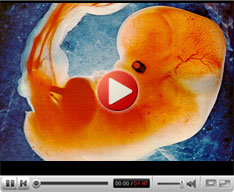
Know Infertitlity
Infertility treatments
Diagnosing InfertilityMale:
Obstetrics and Gynaecology
Infertility Treatment Services
Andrology |
Ovarian reserve assessmentMany women who deal with infertility issues fail to achieve pregnancy due to poor ovarian function. Hence, ovarian reserve assessment is a crucial fertility test to determine the quality and function of the ovaries that is often recommended by the doctor. Every woman is born with a definite number of eggs in her ovaries and this is referred to as an ovarian reserve and the supply of eggs normally decrease with age. Increasing age results in a diminished egg count and eggs of poor quality. Testing a woman's ovarian reserve will help determine the availability of eggs that can be potentially fertilized. While the conventional assessments of ovarian reserve included tests like blood tests for Follicle Stimulating Hormone (FSH), inhibin and oestradiol, which were not highly accurate, modern methods involve a lot more advanced tests such as the following:
Benefits of ovarian reserve assessmentResults from ovarian reserve assessment can either be normal or poor. While a diagnosis of normal ovarian reserve does not guarantee a successful pregnancy, it only indicates the proper functioning of your ovaries. However, a poor ovarian reserve indicates that the occurrence of a successful pregnancy is highly unlikely. This test is also useful is helping women make and informed decision about whether to go ahead with options such as IVF treatment. The Antral follicle count helps determine your follicle count and if is found to be between 12 and 30, then chances of a successful IVF is quite high, while those whose follicle count is between 5 and 11 should reconsider going about IVF and instead discuss other options with the doctor. |
Our TeamNews & EventsClinic LocationVideo Gallery |















